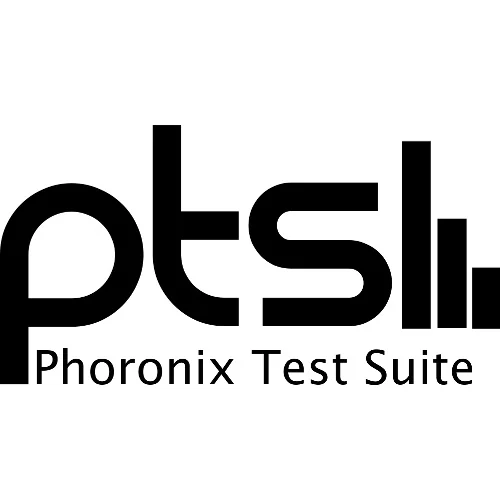Phoronix Test Suite 10.2 Milestone 2 Brings More Testing Enhancements

The prior Phoronix Test Suite 10.2 Milestone 1 release brought better support for Apple Silicon / M1 hardware, improved detection and Phodevi features around the Ampere Altra, Google Compute Engine detection improvements, and other changes.
Now with Phoronix Test Suite 10.2 Milestone 2 the latest work includes:
Transitioning to a new data format for managing test installation metadata while retaining backwards compatibility with the former XML schema. This change is important as now the Phoronix Test Suite is tracking not only per-test run-time averages but with this update allows per-test-option tracking of past run-times and average calculation. For most tests the existing run-time averages are fairly accurate as the test options don't end up varying the run-time that much but there are exceptions like some of the MPI benchmarks or database server benchmarks where selecting the option/thread count can obviously impact the run-time a great deal. So this improved time tracking will provide better time estimates to the user on subsequent runs.
The rewritten infrastructure for the time tracking and estimates also will now respond properly if making use of environment variable overrides like FORCE_TIMES_TO_RUN= to increase or shorten the test run count and the estimates now reflected by that. So look for much more accurate time estimates for how long a given configured test will take. This more accurate time tracking and estimates is also useful for the likes of the recent test-timeout module for automatically killing test processes that are taking too long such as if they are hung or otherwise stuck. So if relying upon TEST_TIMEOUT_AFTER=auto behavior, the Phoronix Test Suite can now more accurately decide if a test is likely lodged and should be killed off.
Phoronix Test Suite 10.2 Milestone 2 also has some last minute fixes around the recently released PHP 8.0 support. The Phoronix Test Suite update also increases the compression factor for when uploading test data to OpenBenchmarking.org and other minor improvements.
Over on the Phoronix Device Interface "Phodevi" library side there is now reporting to the system table whether the CPUfreq "boost" capability is enabled or disabled where relevant.
For those making use of a Phoromatic server, the Phoromatic Server now is much faster at responding to requests with the web-based viewer. Particularly when involving large SQLite databases, the performance is much faster now.
A new module found in Phoronix Test Suite 10.2 Module 2 is the turbostat module. When loading it via the TURBOSTAT_LOG_DIR= environment variable and specifying the path to a writable directory, the Phoronix Test Suite will now have Linux's turbostat utility provide dumps for each benchmark being run. This helper module is an easy way to easily collect Turbostat dumps/statistics of each test being run in a seamless manner without having to manually do so or otherwise collect the data if needed, similar to the Linux perf dumping module and other helpers available via the Phoronix Test Suite to assist in useful data collection.
Phoronix Test Suite 10.2 in its current test form can be downloaded from GitHub ahead of the stable 10.2.0 release in January.
4 Comments

